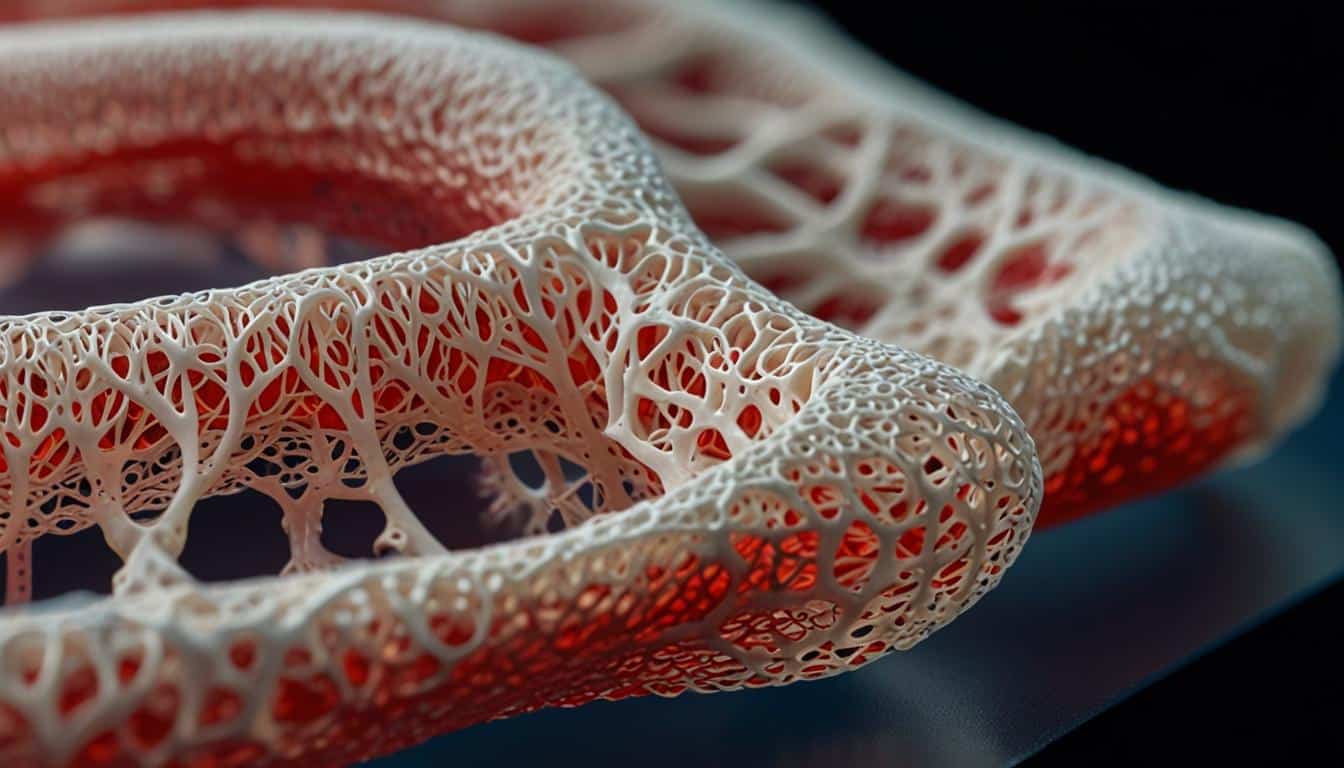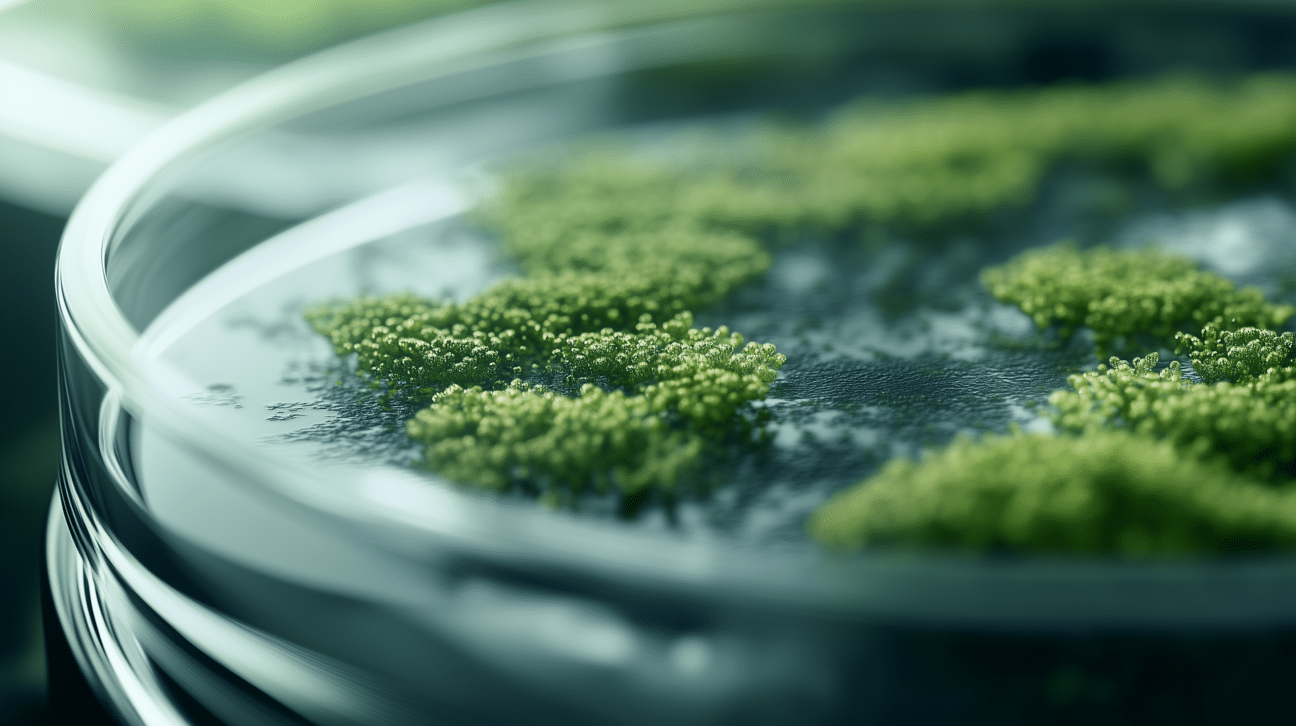Researchers from the University of Pennsylvania and the University of Colorado Boulder have developed a new 3D printing method that closely replicates the strength and elasticity of human tissue, paving the way for advanced medical applications.
The method, termed Continuous Curing after Light Exposure Aided by Redox initiation (CLEAR), promises to revolutionise the field of medical materials by addressing the inherent limitations of traditional 3D-printed hydrogels, which often lack the requisite strength and flexibility for medical applications.
The collaborative team’s breakthrough introduces materials with an exceptional blend of toughness, flexibility, and adaptability, providing new solutions for advanced biomaterials. Potential applications range from cartilage patches and drug-infused cardiac dressings to needleless suture materials, addressing the need for more resilient medical solutions.
Senior researcher Jason Burdick highlighted the critical need for such innovations, noting the limited self-repair capabilities of cardiac and cartilage tissues. “When they’re damaged, there is no turning back. By developing new, more resilient materials to enhance that repair process, we can have a big impact on patients,” Burdick explained.
How CLEAR Works
The CLEAR technique advances traditional 3D printing processes by intertwining long molecules within the printed materials, mimicking the complex entanglement seen in biological tissues. This approach creates robust, flexible polymers capable of adhering to wet tissues—an essential characteristic for medical applications. Burdick explained the necessity of this innovation, stating, “Imagine if your heart were encased in hard plastic. It wouldn’t contract with each heartbeat; it would simply break apart.”
The efficacy of these new materials was validated through rigorous tests, including stretching, bearing weight, and even unconventional trials involving a bicycle riding over the samples. These tests demonstrated significantly enhanced durability compared to materials produced using traditional 3D printing methods. Additionally, the new polymers showcased impressive adhesion and compatibility with animal tissues and organs.
Expounding on the innovation, Matt Davidson, a co-first author and research associate, said, “We can now 3D print adhesive materials that are strong enough to mechanically support tissue. We have never been able to do that before.”
Future Applications and Environmental Benefits
The research team envisions a range of future medical applications for these 3D-printed materials. These include mending cardiac defects, supporting herniated discs, delivering tissue-healing medications directly to organs, and facilitating sutureless surgical closures. Additionally, the CLEAR technique is environmentally friendly as it bypasses the traditionally energy-intensive hardening phase required in 3D printing.
First author and researcher Abhishek Dhand remarked, “This is a simple 3D processing method that people could ultimately use in their own academic labs as well as in industry to improve the mechanical properties of materials for a wide variety of applications.”
Separate from the developments in medical materials, 3D printing technology is also making strides in the field of construction, offering solutions to reduce the environmental impact of concrete production, which is responsible for approximately 8% of global carbon emissions.
Researchers at the University of Virginia School of Engineering and Applied Science are investigating the incorporation of cellulose nanofibrils (CNF), derived from wood pulp, to improve the eco-friendliness and resilience of 3D-printed concrete structures. The addition of CNF has shown to enhance both the flowability and strength of concrete, paving the way for more sustainable construction practices.
These two examples underscore the transformative potential of 3D printing. As research continues, the full scope of these innovations promises to expand, potentially improving patient outcomes in healthcare and advancing sustainable construction methods.
The groundbreaking findings on the CLEAR technique have been published in the journal Science, while details on CNF-enhanced concrete are featured in the September 2024 issue of Cement and Concrete Composites.
Subscribe
Sign-up to receive our newsletter





